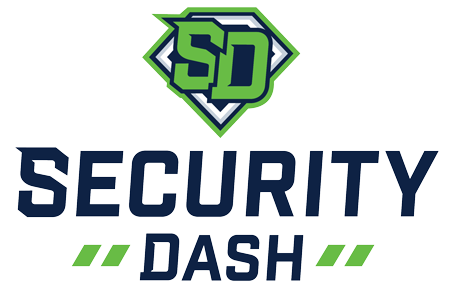Each year, over 11,000 people die by firearms. This includes all sorts of gun-related assaults such as gang violence, home invasions, or accidental deaths. According to the Gun Violence Archive, 340 of these deaths last year came from mass shootings. As of mid-February this year, there’s already been 39 deaths from active shooter incidents.
Gun-related deaths are not new, but these active-shooter incidents are on the rise. These stats are sobering and you may feel helpless. The good news is there is a way to empower your company and employees to be prepared. I’ve put together an overview of the questions we hear most from our clients:
How do I know if my organization should make a plan for an active shooter?
Organizations that serve the public have increasing responsibilities to put a plan in place to protect their employees and communities they serve. This includes schools, banks, houses of worship, and hospitals. The chances are that you’ll never need to use it – but the tactics taught in training will prepare your company just in case. We constantly hear that having the plan in place gives people incredible peace of mind.
What is involved in preparing for an active shooter?
When we work with organizations, we help them in a few ways. The first is to determine the risk and simply document the various situations that could occur. Often there are clear improvements in security and procedure that can be made just by talking about risk. Once we identify the most likely possibilities, we make detailed recommendations for these what-if situations. We take those plans and create an in-depth training program that will improve your company’s readiness for targeted violence.
What are some of the things that my employees would be trained to do?
We train employees in two ways. Primarily, we want them to be able to ID suspicious human behavior and act before a situation gets out of control. However, if they find themselves in an active shooter situation, we train them to act fast to save themselves and the people around this. This includes:
- Emergency escape and lockdown procedures
- How to quickly attend to the wounded
- The method your team will use to report and immediately communicate active shooter incidents
- Using strengths and skills to make life-saving decisions in what may only be minutes or even seconds.
What are some things we should do if we don’t want to invest in making a plan and training our employees?
Make sure that your employees know that they don’t need to be a hero in these situations. Sometimes the best thing to do is to get out of the shooter’s view and stay very quiet. If you are spread out in several rooms then lock and block doors, turn off lights, and close the blinds. Fighting an active shooter should be an absolute last resort. Learn more about our active shooter solutions.
